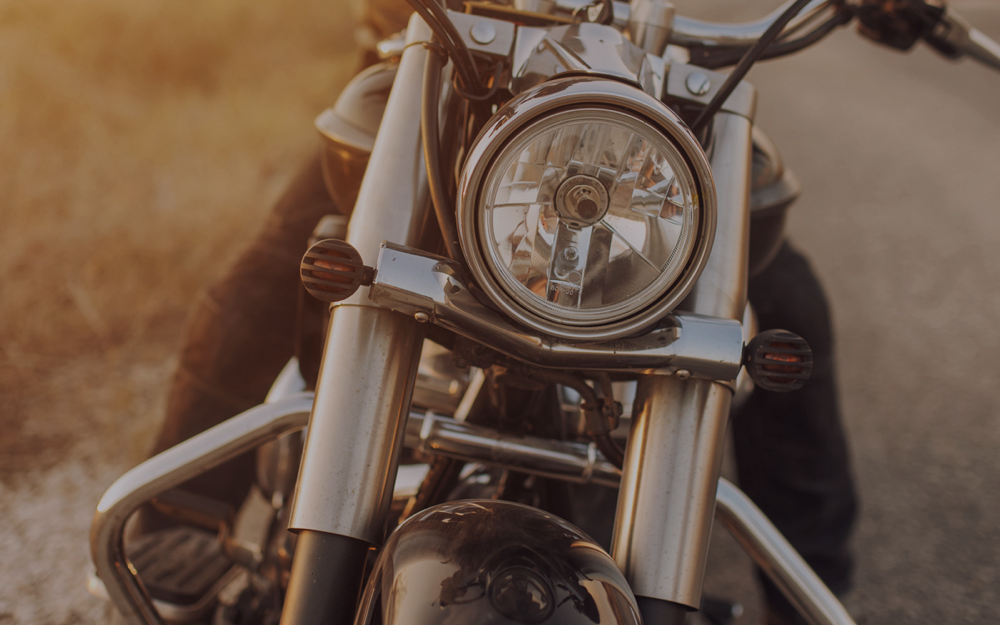
If you’re planning a long motorbike ride where you’ll be away from home for an extended period, you don’t want the hassle of having to undertake costly and time-consuming repairs while you’re on the road. There are many ways you can care for your bike while you’re travelling so you don’t get any nasty surprises. We’ve compiled some of the best motorcycle care tips, to help get you and your bike through your trip, in one piece.
Oil
Checking and replacing the oil is a great skill to have as a motorcycle rider, as the amount, age and quality can affect many aspects of your bike. Oil helps to keep the engine lubricated and running smoothly; if you have too much, it can exacerbate engine wear; too little and it will increase metal-to-metal contact, also creating unnecessary wear and stress in the engine. With the bike cool (not too cold and at least 15 minutes after use), on level ground and not leaning to one side on a stand, you can use either the “sight glass” (through which you can see the oil level) or the dipstick to see whether there is too little, too much or just the right amount of oil. Also, if the oil is coloured amber (like new), then it should be fine, but if it’s black or dark in colour, it’s time to change it.
Brakes
If treated well, motorcycle brake pads and discs should last for around 15,000km or more. How the brake pads wear depends a lot on your riding style, such as how hard you brake, as well as your usual riding conditions, such as lots of hills and bends versus flat, suburban roads. If your brake pads wear too much they will no longer be effective in helping you to stop, which obviously carries with it a tremendous risk of injury or death to you and other road users. You can change the pads and discs yourself and there are plenty of online tutorials to help you.
Tyres
Given their vital role, caring for your tyres is one of the most important maintenance tasks you should carry out. Checking them for damage or possible punctures, as well as wear and cracks if the tyres are a few years old. They should also be kept at the appropriate air pressure – neither over- or under-inflated – which will affect handling, braking and their overall lifespan. Check them before you ride, even with just a quick look over the tread, walls and air pressure, so that you don’t get caught out on your ride. And while you’re riding, try to stay well clear of road hazards such as potholes, large stones, manhole covers, and large puddles, which can have hidden dangers.
Dirt/rust
Keeping your bike clean is a great way to not only make it look good (which is always important), but also as a form of motorcycle care – to make sure its components continually function. The chain is one of those components, which should be oiled regularly and checked for any signs of rust or dirt. Each morning before you head out, it’s worthwhile giving the bike a quick check to make sure the brakes and pads, forks, air filters and other surfaces are clean.
Yourself
It’s not just important to look after your bike on a long ride, but also yourself. Riding a motorcycle can actually have quite an impact on your body, and the further you ride, the greater this impact can be. Unless you’re towing a carriage or have lots of storage on your bike, you’ll want to limit the amount of weight you’re carrying in a backpack – but make sure you have enough water to keep you hydrated, particularly if riding in the heat. Ensure you take lots of breaks where you can stretch your legs and your back, have a bite to eat, and limit your fatigue, so you don’t become a road statistic.
Now that you know how to take care of your motorcycle, it’s important to make sure you’re covered by the right level of motorcycle insurance before you head out on a long ride. Get a quick, online motorbike quote today!
